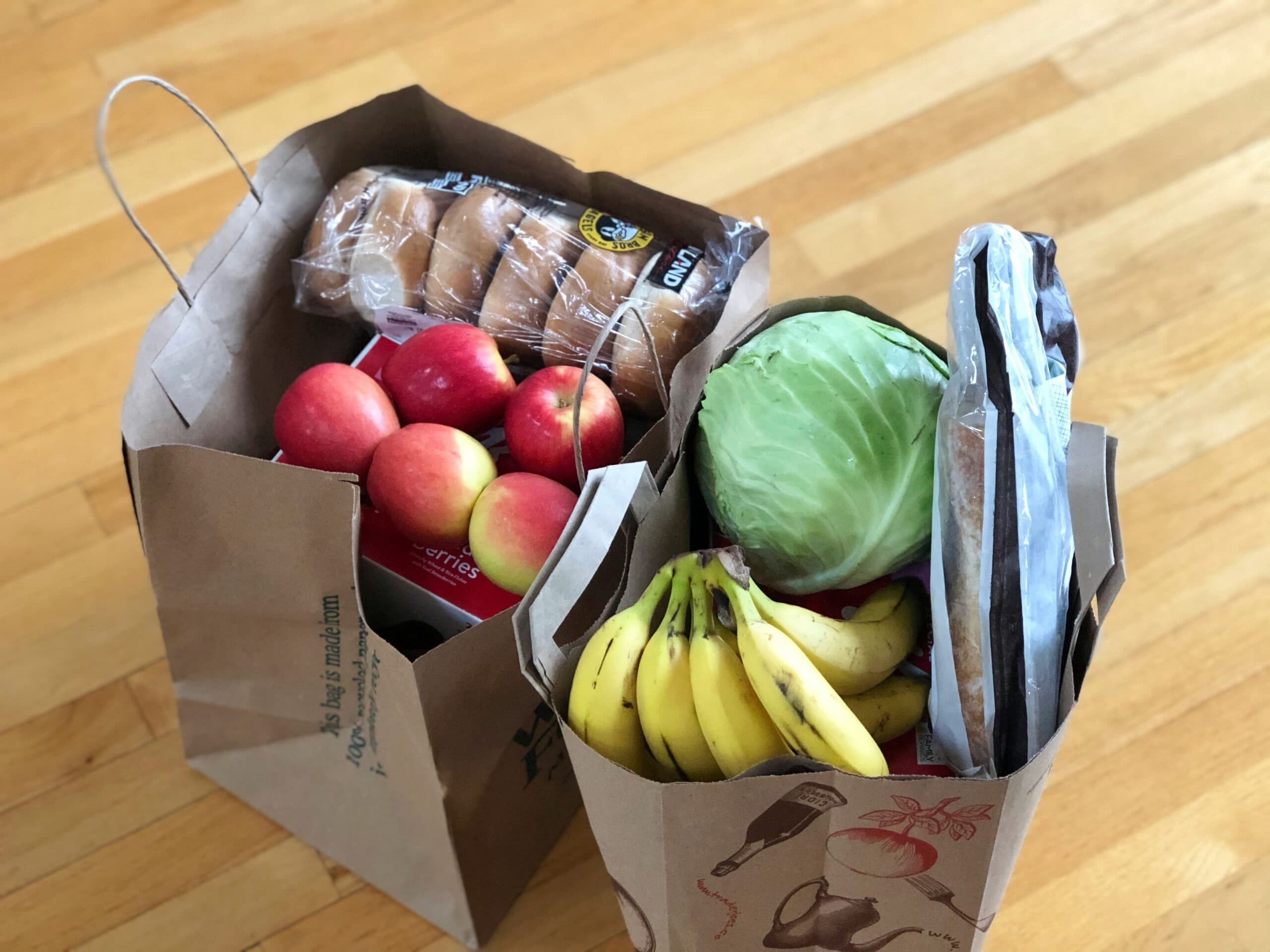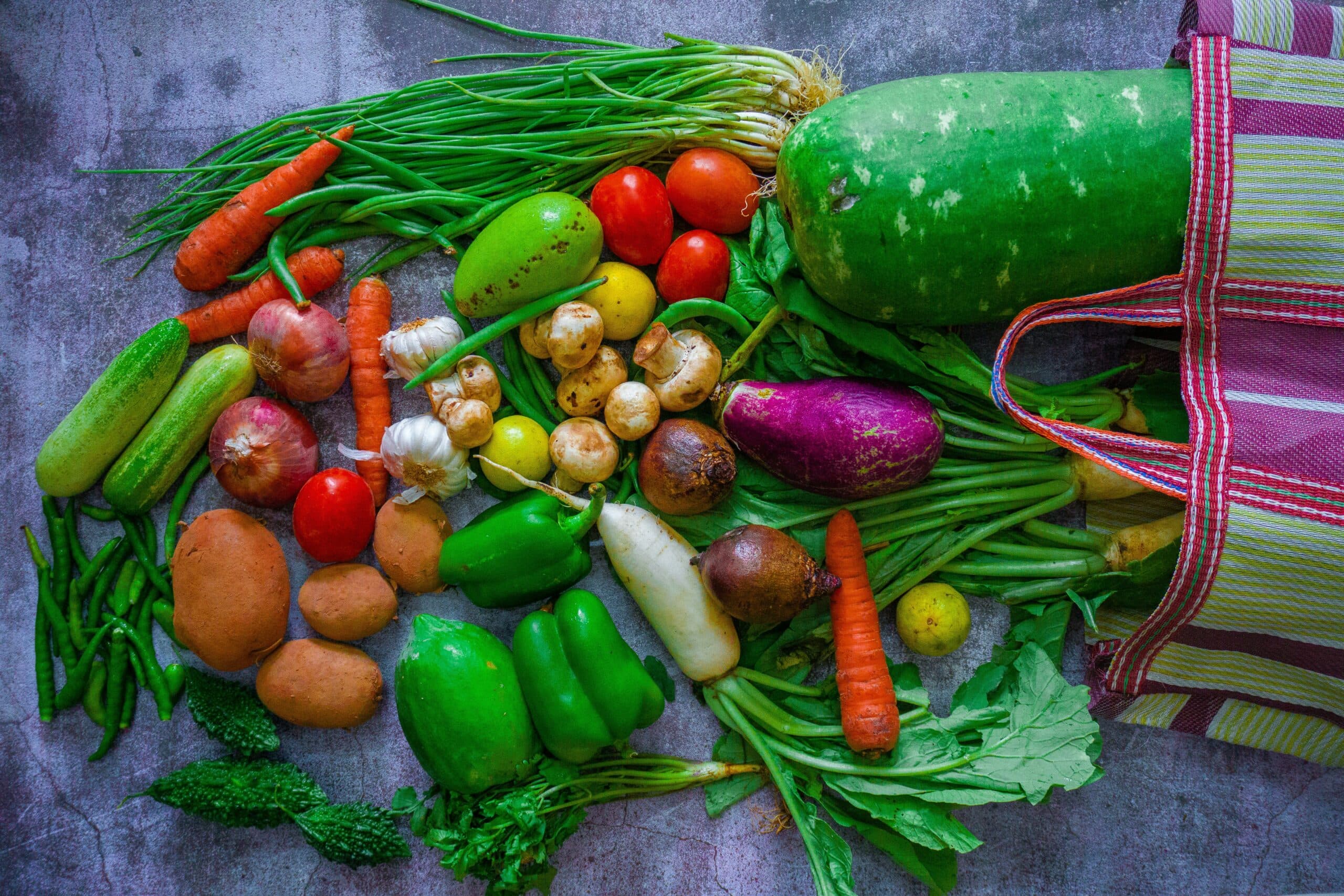
September 18, 2025
Healthier Grocery Shopping Choices: A Guide to Smarter Nutrition
When it comes to building lasting healthy habits, your grocery cart sets the foundation. Every choice you make in the aisles directly influences what ends up on your plate and ultimately, your overall health. But with crowded shelves, confusing labels, and endless marketing claims, how can you make healthier grocery shopping choices without feeling overwhelmed?
This guide will walk you through proven strategies to shop smarter, stock your kitchen with nutritious options, and feel confident about the food you bring home.
Why Making Healthier Grocery Shopping Choices Matters
Your grocery habits shape your diet more than dining out or occasional indulgences. Research shows that people who plan ahead and shop with nutrition in mind are more likely to maintain a balanced weight, reduce chronic disease risk, and save money over time. Grocery shopping isn’t just about filling your pantry, it’s about setting the stage for better health outcomes.
Step 1: Plan Before You Shop
Healthy shopping starts long before you step into the store.
-
Make a meal plan: Sketch out meals for the week to avoid last-minute processed food purchases.
-
Create a list: A well-structured shopping list helps you stick to healthier options and reduces impulse buys.
-
Check your kitchen first: Knowing what you already have prevents waste and helps you plan meals around fresh ingredients.
Pro Tip: Shopping on a full stomach reduces the temptation to grab sugary snacks and processed foods.
Step 2: Stick to the Perimeter
Most grocery stores are designed so that fresh produce, lean proteins, dairy, and whole foods line the outer edges, while processed and packaged goods fill the center aisles.
-
Produce section: Fill half your cart with colorful fruits and vegetables. Variety ensures a wider range of vitamins and minerals.
-
Protein choices: Choose lean meats, fish, eggs, beans, and plant-based proteins.
-
Dairy & alternatives: Opt for low-fat or unsweetened versions of milk, yogurt, and plant-based alternatives.
While the perimeter should be your focus, don’t ignore the middle aisles completely—there are healthy staples like whole grains, nuts, seeds, and canned beans that can be excellent additions to your meals.
Step 3: Learn to Read Nutrition Labels
Nutrition labels can be intimidating, but once you know what to look for, they become your best tool for healthier grocery shopping choices.
-
Ingredients list: Shorter is better. Aim for items with real, whole-food ingredients.
-
Serving size: Pay attention to serving sizes, as they often distort how “healthy” a product seems.
-
Added sugars: Choose foods with minimal added sugar (ideally under 5g per serving).
-
Sodium: Limit high-sodium products to reduce risks of hypertension.
-
Fiber: Look for foods with at least 3g of fiber per serving for better digestion and satiety.
Step 4: Shop Seasonally and Locally
Buying seasonal produce not only ensures fresher, more flavorful fruits and vegetables, but it’s also more affordable. Supporting local farmers’ markets or co-ops gives you access to nutrient-dense options with fewer preservatives.
Bonus Tip: Seasonal eating diversifies your diet and helps you naturally rotate nutrient intake.
Step 5: Be Strategic About Processed Foods
Not all packaged foods are bad—frozen vegetables, canned tuna, or whole-grain pasta can be staples in a healthy diet. The key is distinguishing between minimally processed and highly processed foods.
-
Better choices: Frozen fruits/veggies without added sauces, whole-grain crackers, canned beans (low sodium).
-
Limit or avoid: Sugary cereals, chips, soda, and prepackaged meals high in saturated fat and sodium.
Step 6: Shop Mindfully on a Budget
Eating healthy doesn’t have to be expensive. With a little strategy, you can make healthier grocery shopping choices without overspending.
-
Buy in bulk (grains, legumes, nuts).
-
Choose store-brand healthy staples over name brands.
-
Use coupons or apps for discounts on fresh produce.
-
Freeze leftovers or bulk items to reduce waste.
Step 7: Build a Balanced Pantry
Keeping your kitchen stocked with smart staples ensures you always have the base for a nutritious meal. Aim to have:
-
Whole grains: brown rice, quinoa, oats.
-
Proteins: lentils, canned beans, lean meats.
-
Healthy fats: olive oil, avocado, nuts.
-
Flavor boosters: herbs, spices, garlic, onion.
This balance makes it easier to prepare healthy meals at home rather than relying on convenience foods.
Final Thoughts: Small Choices, Big Results
Making healthier grocery shopping choices doesn’t mean perfection. It’s about progress and creating small, sustainable habits that add up over time. With planning, mindful decision-making, and a little nutrition knowledge, your cart can become the gateway to a healthier lifestyle.
Want expert guidance tailored to your unique needs? Reach out to Aisle Insights today for personalized support in making healthier grocery shopping choices. Together, we’ll turn your cart into a toolkit for long-term health.
Recent Posts

10 Grocery Shopping Habits That Make Your Diet Healthier
December 17, 2025

How Balanced Nutrition Affects Mental Health
December 16, 2025

Nutrition Coaching vs. Diet Plans for Sustainable Results?
November 5, 2025

Seasonal Grocery Shopping: Eating in Season Boosts Nutrition
October 30, 2025

How to Grocery Shop for a Sustainable, Healthy Lifestyle
October 22, 2025

Meal Planning 101: Shop Smart for a Week of Healthy Meals
October 21, 2025
